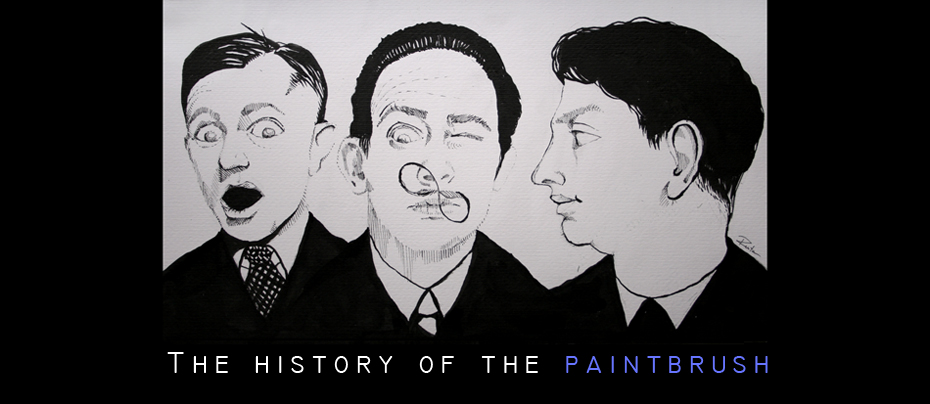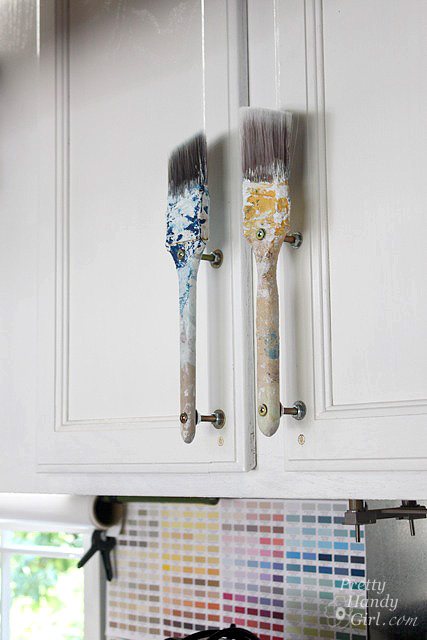ANATOMY
A paint brush is made of three parts:
- Head- hairs or bristles of the brush. The head is composed of three parts: the toes (the tip of the hairs), the belly (the fattest, central part of the head), the heel (part next to ferrule).
- Ferrule- the metal cylinder that combine the head and the handle. High quality ferrules are seamless and non-corrosive; can be made of aluminium, nickel, copper or nickel-plated steel.
- Handle- the longest section of the brush, where the brush is held. Usually made of wood or plastic.
SIZE
Brushes are produced in a wide variety of sizes, from huge wash brushes to extra-tiny ones. The size is printed on their handles.
The sizes starts from 0 (or its multiples : 00, 000, 000 or 2/0, 3/0 etc. ) and ranges up to as high as 30.
The brushes can be short or long handled.
The wood is sealed and lacquered to give the handle a high-gloss, waterproof finish that reduces soiling and swelling.
Short handled ones are more often use in water coolor or ink painting, the long handled ones for oil or acrylic painting.
SHAPE
BRISTLE
Brushes can be made of synthetic or natural bristle, which have different properties:
Natural hair- has an outer casing known as a cuticle, which let them absorb moisture, so this way they are able to hold more color; are also wear resistant and work well with any medium.
They can be made of kolinsky sable, ox, hog, squirrel, pony, goat, mongoose or badger hair.
Synthetic hair- are less prone to be damaged by solvents, insects and harsh paint. They lack moisture absorbing properties so the are easier to clean. Synthetic bristle is more durable and also is more resitant fot caustic effects of acrylic paints.
They can be made of nylon filament, taklon, multi-diameter polyester.







































